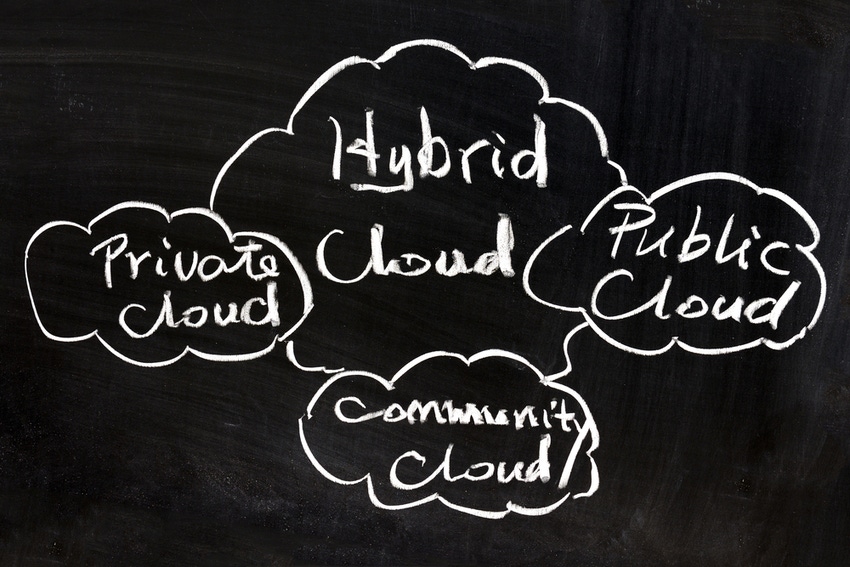451 Research: Enterprises Gravitating to Multi-Cloud Environments
According to 451 Research, most organizations don’t have access to more than a handful of cloud services.

New data by 451 Research shows the future of IT is multi-cloud and hybrid, with 69 percent of respondents planning to have some type of multi-cloud environment by 2019.
According to 451’s most recent Voice of the Enterprise: Cloud Transformation survey, cloud is now mainstream, with 90 percent of organizations surveyed using some type of cloud service. Moreover, analysts expect 60 percent of workloads to be running in some form of hosted cloud service by 2019, up from 45 percent today. This represents a pivot from do-it-yourself owned and operated, to cloud or hosted third-party IT services.

451 Research’s William Fellows
William Fellows, 451’s co-founder and vice president of research, tells Channel Partners that most organizations don’t have access to more than a handful of cloud services — the same kind of access as they probably have to other utilities.
“This is why we expect the channel, resellers and distributors – as brokers of cloud services – to have an important role to play in providing access to a greater number of venues and services than a user could otherwise find, access and use,” he said. “Some applications, workloads or service requests may be best suited to running on-premise[s], for others a public multi-tenant cloud may be sufficient, while a dedicated hosted venue may be necessary to meet others. Today, users aren’t seeking to swap workloads and applications between different cloud providers and hosted resources based on minute-by-minute, and penny-by-penny changes in price. Workloads and applications have live and complex information architecture, and data payloads have specific storage, data management and networking requirements — they are simply not fungible. However, this is changing and will become more possible as cloud providers improve their abstraction and integration capabilities with technologies such as containers.”
The growth in multi-and hybrid cloud will make optimizing and analyzing cloud expenditure increasingly difficult.

451 Research’s Owen Rogers
“Cloud buyers have access to more capabilities than ever before, but the result is greater complexity,” said Owen Rogers, 451 research director. “It is a nightmare for enterprises to calculate the cost of computing using a single cloud provider, let alone comparing providers or planning a multi-cloud strategy. The cloud was supposed to be a simple utility like electricity, but new innovations and new pricing models … mean the IT landscape is more complex than ever.”
Flexibility has become the new pricing battleground during the past three months, with Google, Microsoft and Oracle all announcing new pricing models targeted at Amazon Web Services (AWS). Analysts believe there will be a market opportunity for cloud dealers that can resolve this complexity.
According to 451’s Market Monitor, the cloud computing-as-a-service market is expected to grow 27 percent to $28.1 billion this year compared to 2016. With a five-year compound annual growth rate (CAGR) of 19 percent, cloud computing as a service will reach $53.3 billion in 2021.
Read more about:
AgentsAbout the Author(s)
You May Also Like


